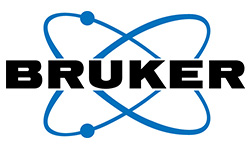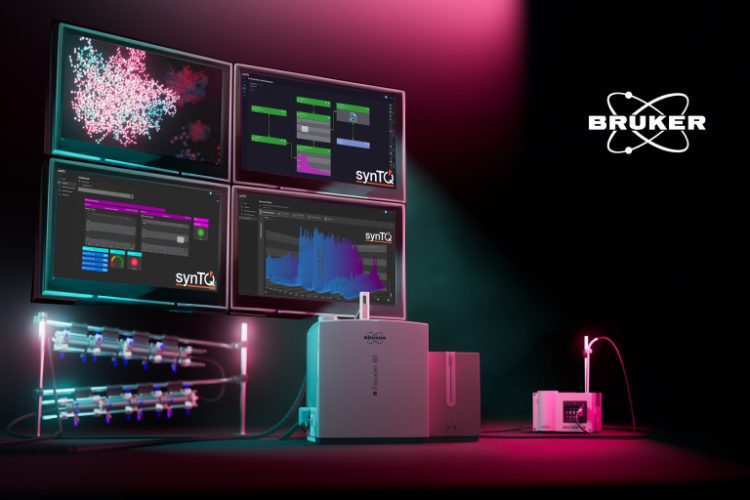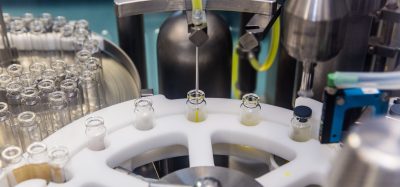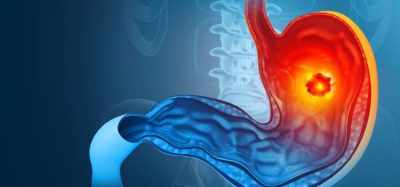Product hub: High fidelity process control with Bruker’s Fourier PAT
Posted: 7 March 2024 | Bruker Biospin | No comments yet
Bringing a wealth of structural information and direct quantification to the lab or plant, the Fourier PAT benchtop NMR reduces tedious calibrations and increases (bio)process understanding and control, hence further reducing risks and cost.
PURSUING HIGH efficiency, peak productivity, consistent product quality and regulatory compliance, industry players in the pharmaceutical sector must adopt advanced, data-driven strategies to maintain a competitive edge. These include continuous processing as well as ‘production on demand’ approaches and are typically based on process analytical technology (PAT) frameworks, which leverage the real-time analysis of a product’s critical quality attributes (CQAs) to generate in-depth process knowledge. This, in turn, enables companies to effectively control and adjust processing conditions to deliver high-quality medicines while optimizing resource and time utilization.
Integrating nuclear magnetic resonance (NMR) into PAT orchestrations, Bruker’s Fourier PAT ideally suits development and advanced manufacturing settings in need of high-fidelity process control. The use of PAT within those settings is unavoidable and in effect, considerable financial advantages resulting from its use are well documented. Reports indicate considerable cost savings and shorter cycle times that have led to an increase in operating margins of 6 percent1 and ROIs greater than 60 percent.2 Those can be augmented by utilizing the benefits that NMR brings to the table.3
Leveraging state-of-the-art technologies
Featuring Bruker’s Fourier 80 benchtop NMR analyzer and the market-leading PAT knowledge management platform synTQ from Optimal Industrial Technologies, the Fourier PAT benefits from the structural information, selectivity, and resolution that NMR brings to a PAT orchestration, now in a compact format. Utilizing cryogen-free benchtop NMR technology, the Fourier PAT is ideal for applications with space constraints or limited room available and it could be deployed not only in the laboratory but also in the pilot plant, as well as advanced manufacturing scenarios.
NMR gives qualitative and quantitative data. It is a primary method that does not need validated reference material and, as a result, NMR data can be used directly to calibrate other spectroscopies on the spot. It can replace offline calibration tools and can be used synergistically with infrared (IR), saving a significant amount of time. As a multi‑attribute technique, NMR measures different CQAs simultaneously, which is paramount for bioprocess analytics. The new synTQ NMR adapter welcomes NMR to the world of PAT, where it is being used in sync with soft sensors and other techniques, such as IR and Raman. This results in multiple, integrated data streams that provide more comprehensive process knowledge. At the heart of the orchestration, synTQ supports simultaneous data acquisition and visualization capabilities, as well as automated closed-loop feedback. As a result, users can immediately benefit from superior real-time oversight and control of chemical reactions under real-world process conditions.
An ideal solution for advanced manufacturing
The Fourier PAT supports multiple operations modes from at-line automation, to flow and stop flow measurements. Especially interesting is the online/flow modality, which enables on‑the-fly process optimization and control. The quantitative, high-quality data obtained from benchtop NMR together with the selectivity and wealth of information that accompanies the technique, makes it ideal for applications requiring advanced on-the-fly feedback control. For example, it is currently being used to feed conversion values to the deep reinforcement learning AI agent controlling the autonomous synthesis of API within the PIPAc project. Funded by Bpifrance, the PIPAc project aims to take API manufacturing one step further, by producing an autonomously piloted chemical micro-plant for molecule production powered by flow chemistry, AI and additive manufacturing (such as 3D printing).
Continuous flow chemistry, self-contained distributed manufacturing, and other advanced pharmaceutical manufacturing strategies, as well as their enabling technologies such as PAT, are not just value-adding upgrades. Their adoption is a necessity to drive efficiency, compliance and high-quality production. Bruker’s Fourier PAT is an innovative enabling solution that acts as a catalyst to support the transition towards advanced sustainable manufacturing.
References
- Cogdill RP, Knight TP, Anderson CA, Drennen JK. The financial returns on investments in process analytical technology and lean manufacturing: benchmarks and case study. Journal of Pharmaceutical Innovation. 2007; 2(1-2): 38-50.
- Valþórsson H. PAT implementation in pharmaceutical manufacturing and its economical impact (Doctoral dissertation, University of Basel), 2006. [cited: 2023Dec] Available at: https://edoc.unibas.ch/722/1/ DissB_8178.pdf
- Production on Demand | Bruker [cited 2024Jan]. https://www.bruker.com/en/products-andsolutions/ mr/nmr-pharma-solutions/productionon- demand.html
For additional information, visit: https://www.bruker.com/en/productsand-solutions/process-analytical-technology/fourier-pat.html
Related content from this organisation
- Product hub: High fidelity process control with Bruker’s Fourier PAT
- Whitepaper: PAT leads the way in the adoption of continuous manufacturing processes
- Accelerating timelines for development and manufacture of multi-specific antibodies
- Solid- and Liquid-State NMR for monitoring of polysaccharide antigen in the manufacturing process
- Video: ASMS 2019: timsTOF fleX – MALDI Guided SpatialOMx
Issue
Related topics
Analytical techniques, Biopharmaceuticals, Bioprocessing, Manufacturing, Process Analytical Technologies (PAT), QA/QC, Sustainabaility










